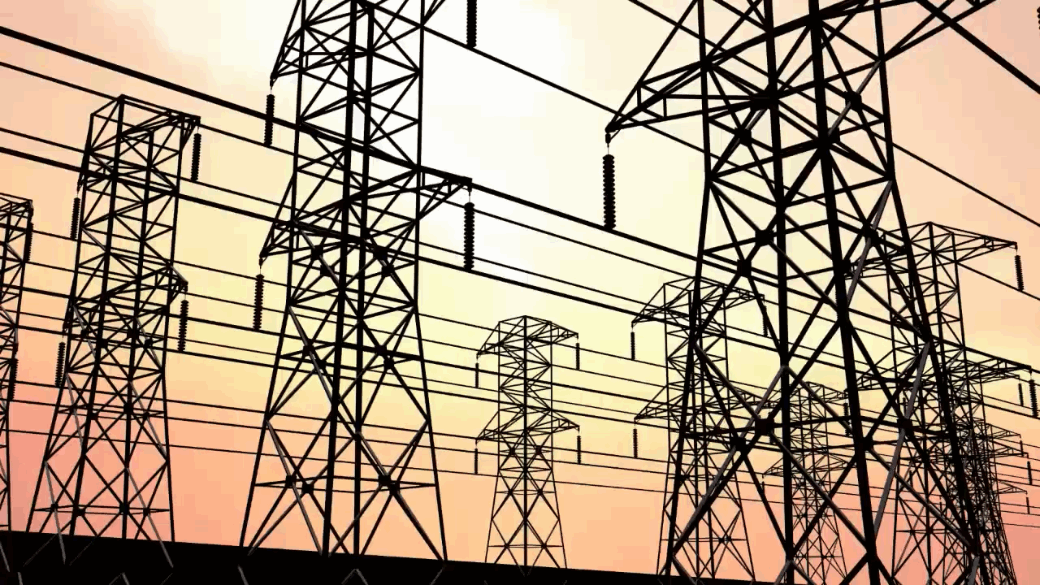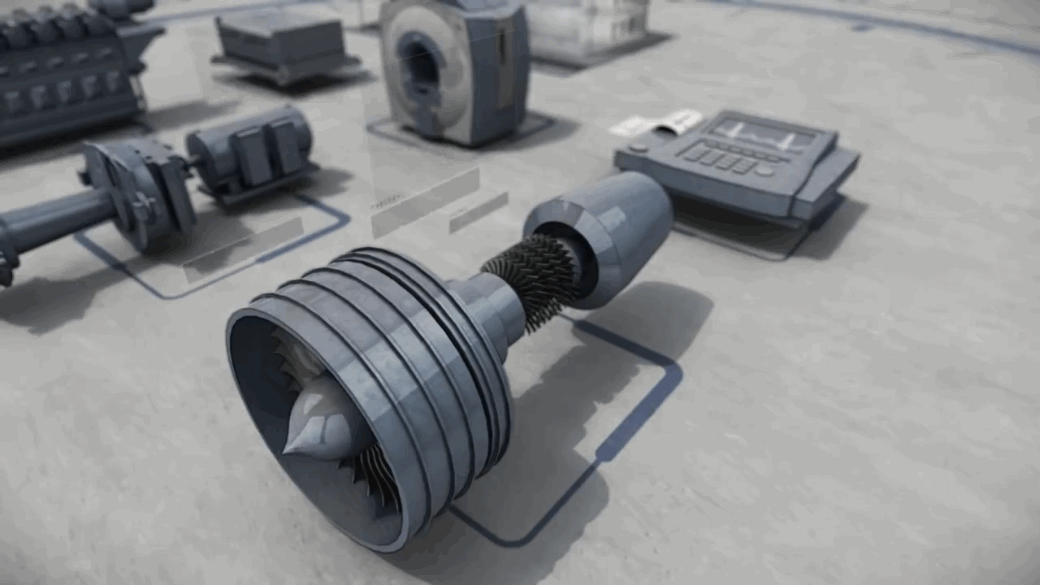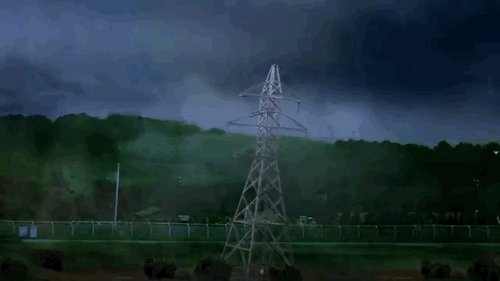As the world’s markets rapidly evolve into complex hybrids of physical and digital assets, cyber security is increasingly critical as a stabilizing force. It is no longer an esoteric art practiced mainly by rival intelligence agencies and giant corporations — it has become a basic necessity of everyday life for any business.
In the coming decades we will start to think of data and software as a source of energy.
What do I mean by that? Software won’t generate electrons, but it will let us leverage the electricity we are already generating in a more efficient and productive way.
The team can gain such insights because of Predix, a powerful new software platform developed by GE specifically to connect people, data and machines over the Industrial Internet.
Nobody wants to be late. But at a busy airline hub like Atlanta or Chicago, even a brief delay in aircraft arrival can result in missed connections and cascade into a major inconvenience. The Bureau of Transportation Statistics reported that this year alone, more than 750,000 flights operated by U.S. carriers arrived late and over 25 percent of flights were delayed by 15 minutes or more or cancelled. The estimated economic costs of these delays, both for airlines and for passengers, are in the billions.
When the power goes out, electricity providers are often left in the dark along with their customers. That status quo is what’s keeping Naresh Acharya up at night. He is now planning to use some of the world’s most powerful supercomputers to help keep the lights on, while also allowing wind farms to produce more electricity and making the electrical grid more efficient.
“Right now, the power grid isn’t transparent,” Acharya says. “Grid operators don’t always see when something happens. We want to help them maximize the use of their assets in real time.”
Clean tech is increasingly about IT-enabled distributed and fully integrated energy systems that have the potential to transform lives around the world — as well as the prosperity and productivity of countries across the globe.
Getting shale gas out of the ground is one thing. But taking it to customers is quite another.
American pipeline operators are investing as much as $40 billion every year to maintain, modernize and expand their networks. The shale gas boom is putting operators under pressure to move more gas to market faster and more safely, and many U.S. pipelines have been in service for at least two decades.














